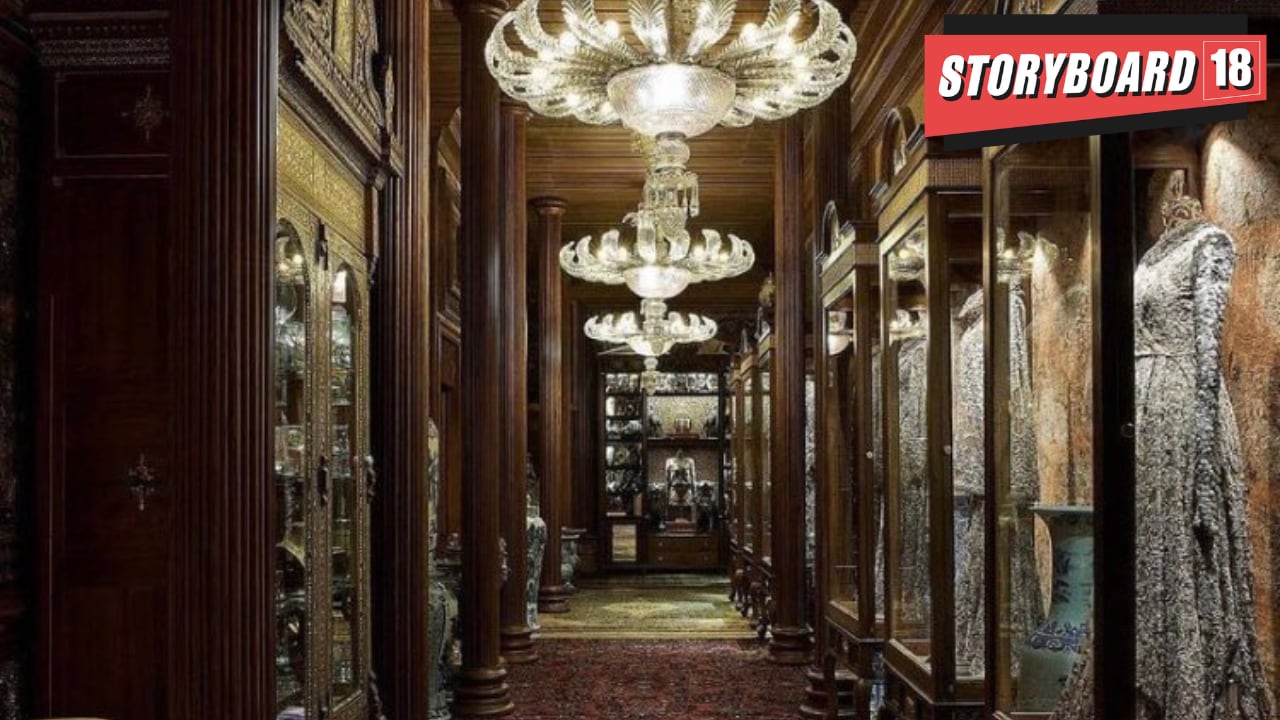In today’s hyper digital world, it is easy to assume that brick-and-mortar stores have lost their significance. The convenience of online shopping has made it difficult for retailers to justify the cost of maintaining physical spaces.
However, the truth is that brand stores still play a vital role in driving sales, building brand loyalty, and providing a unique and immersive experience for customers. One of the primary benefits of brand stores is the unique and immersive experience they offer to customers. Unlike online shopping, brand stores allow customers to see, touch, and experience products in person. Western fashion brands like Burberry and Gucci have taken this experience to the next level by integrating technology into their stores. For example, Burberry’s London flagship store has integrated radio-frequency identification technology into its clothing items, which can activate multimedia content when brought near a mirror such as- catwalk of your item. Similarly, Gucci turned it’s stores into interactive art galleries to promote their SS18 collection, complete with digital screens that displayed artist Ignasi Monreal’s artworks, VR headsets and various other integrated experiences.
The fashion industry is all about the tactile experience of trying on clothes and accessories, making it essential to provide an immersive in-store experience.
Tech giant Apple has taken this to heart, with their stores being known for their sleek, minimalist designs and interactive product displays. Customers can try out Apple products in-store and receive personalized assistance from knowledgeable staff. Apple’s focus on creating an engaging and personalized in-store experience has helped to make it one of the most valuable brands in the world.
In addition to providing a unique and immersive experience, brand stores also offer a physical space for customers to engage with the brand beyond just its products. Lifestyle brands like Nike and Adidas have taken this to heart, creating stores that are more than just retail spaces. Nike’s flagship store in New York features a basketball court, a soccer field, and a treadmill for customers to test out their products. Similarly, Adidas’s store in London has a running lab where customers are asked to run on an in-store treadmill that records their run. The treadmill then gathers just enough data to recommend the shoes best fit for them.
The Indian fashion brand, Sabyasachi, is a prime example of a brand that has leveraged the power of brand stores to build loyalty and create a unique customer experience. Sabyasachi’s stores themselves are works of art, with intricate detailing and carefully curated decor that transports customers into a world of classical luxury and nostalgia laced glamour. The store offers a range of services, including personal styling, bridal consultations, and an array of curated food to indulge every sense. The brand’s focus on creating a multi-sensory experience that celebrates Indian culture and craftsmanship has helped to make it one of the most sought-after fashion brands in India. And this experience is simply not possible to replicate in the digital world. Although, he leverages the digital medium artfully as well, making his virtual avatar rich, vibrant and in sync with his brand story.
Of course, despite the many benefits of brand stores, there are certainly challenges that brands must navigate in today’s hyper-digital world. One of the biggest challenges is the cost of maintaining physical retail spaces. Rent, utilities, and staffing can all add up, making it difficult for smaller brands to establish and maintain brand stores. Furthermore, the rise of online shopping has led to a decrease in foot traffic for many brick-and-mortar stores, making it even more challenging to justify the cost of a physical space.
To overcome these challenges, many brands are adopting a hybrid approach to retail, combining the best of both worlds by offering a seamless omnichannel experience for customers. For example, a customer might browse products online and then visit a brand store to try them on or receive personalized styling advice. Or, a customer might discover a product in a brand store and then purchase it online for convenience. By offering a variety of touchpoints for customers, brands can create a cohesive and personalized experience.
In conclusion, the power of brand stores in a hyper-digital world should not be underestimated. While online shopping certainly has its advantages, brand stores offer a unique and valuable experience for customers that cannot be replicated online. By providing a physical space for customers to engage with the brand, creating emotional connections, experimenting, innovating and adopting a hybrid approach to retail, brands can leverage the power of stores to build loyalty, drive sales, and create lasting relationships with customers. So the future as I see it, is exciting and it is clearly phygital.
The author is the chairwoman of Mumbai-based design firm VGC. Views expressed are personal.
